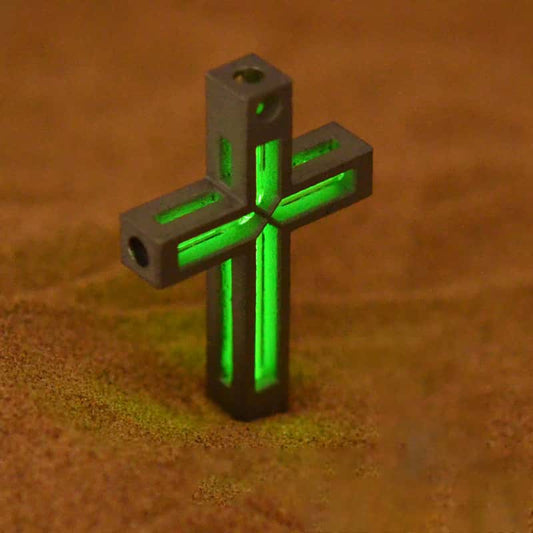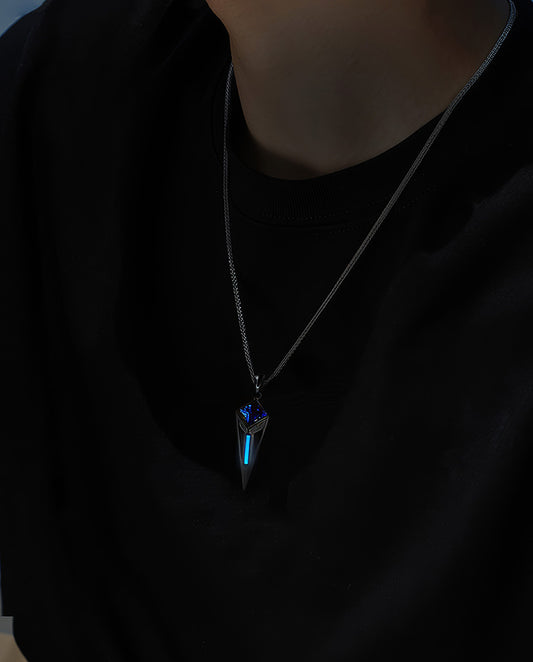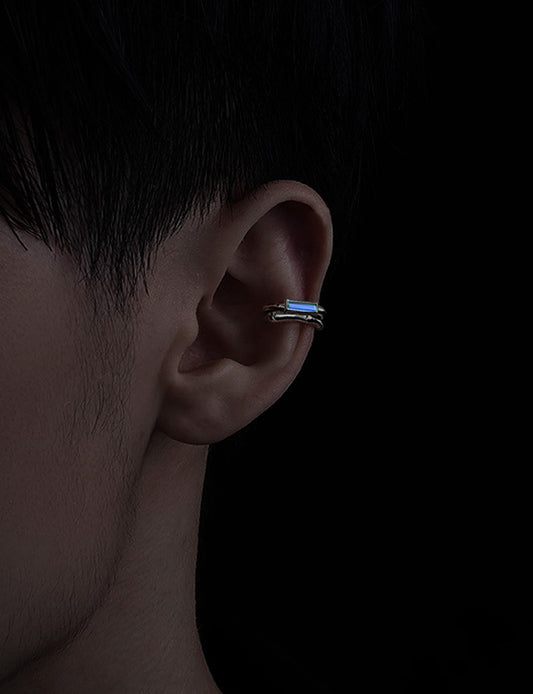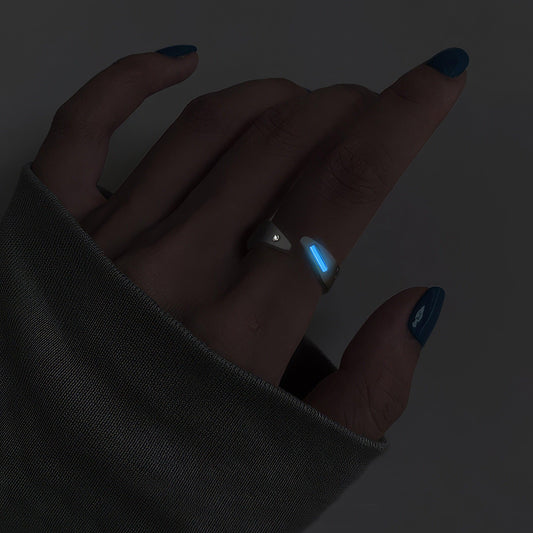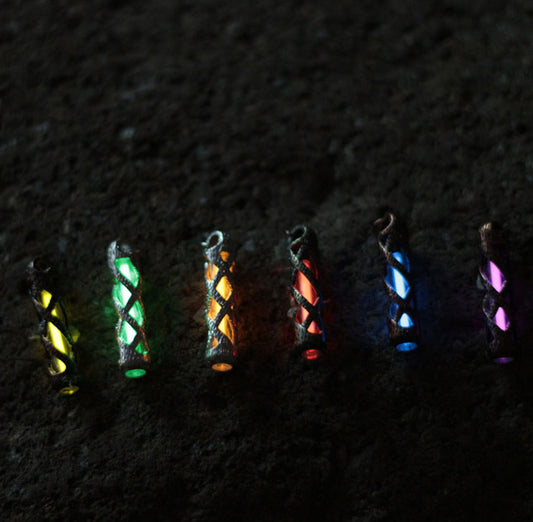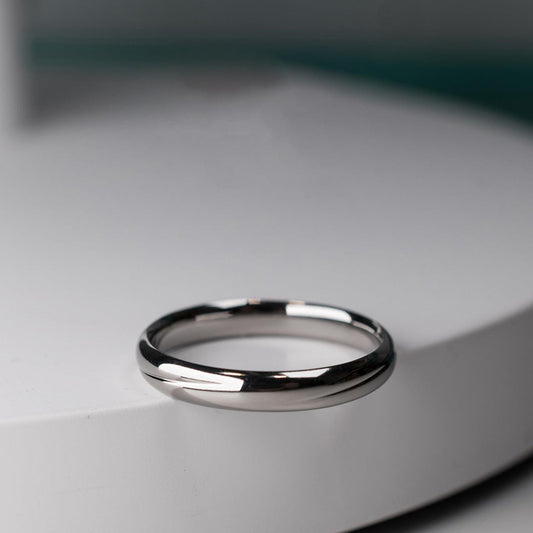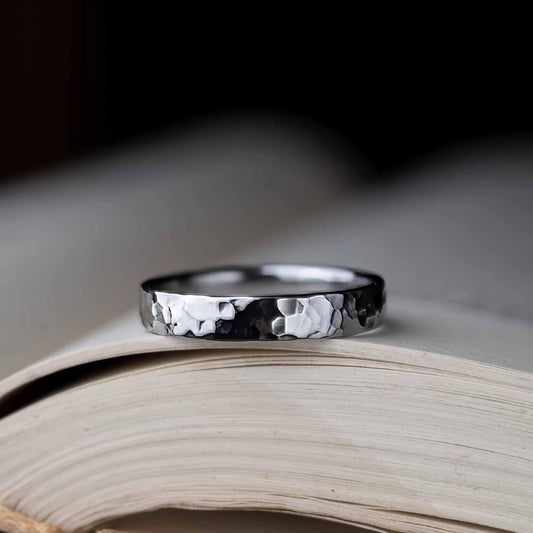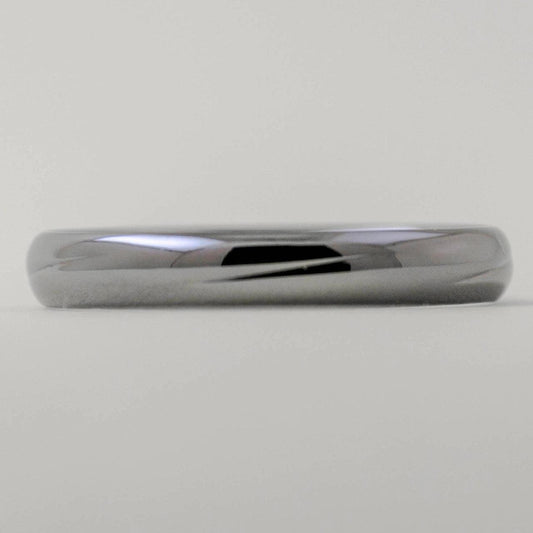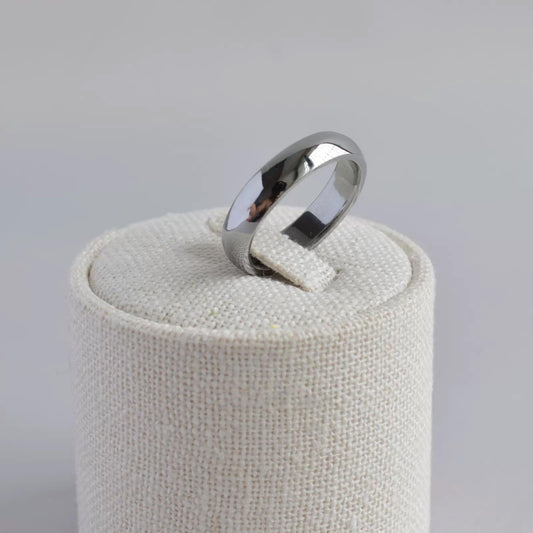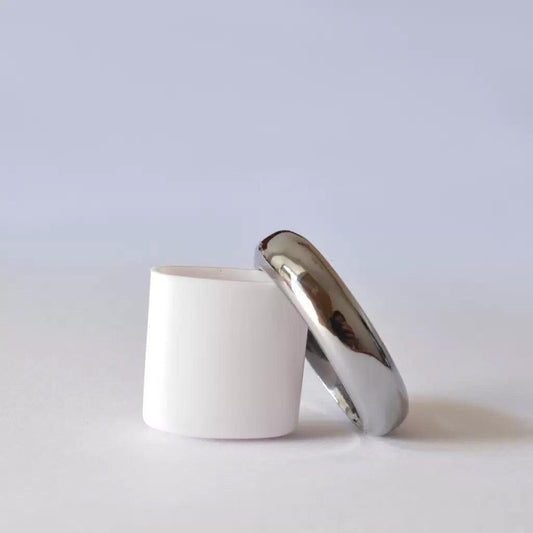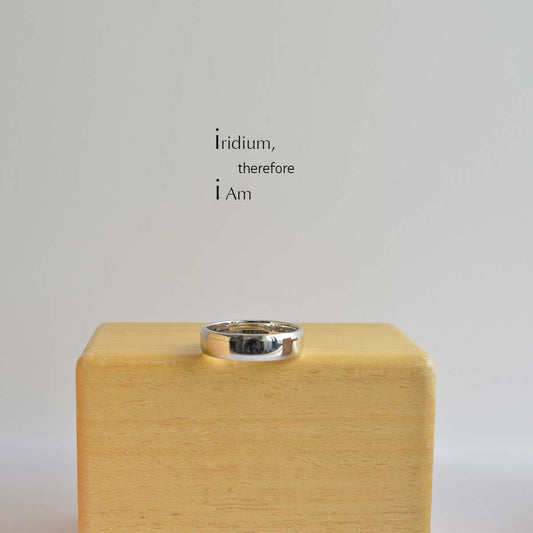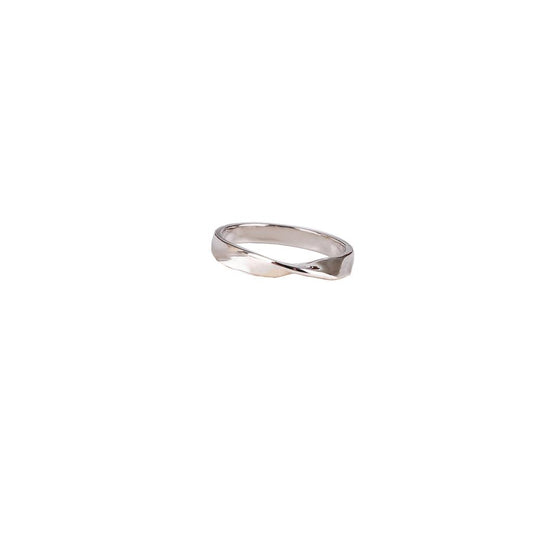Are Men Supposed to Wear Engagement Rings
Are Men Supposed to Wear Engagement Rings
When I first saw one of my closest friends flaunting a sparkling band on his ring finger, I was momentarily taken aback. Men’s engagement rings weren't something I had encountered before in my social circle. In my mind, engagement rings were traditionally the domain of the bride-to-be. There was a slight humor in my confusion, yet it led me down an intriguing path of discovery about evolving relationship rituals.
Historically, engagement rings date back to ancient Rome, where they symbolized a mutual financial commitment rather than the romantic love associated today. It was mainly women who adorned these tokens. But as societal norms turned and twisted through the ages, the interpretation of what and who these rings represent began to shift. In recent years, the concept of men wearing engagement rings has gained traction, resonating with a more modern understanding of partnership.
Platinum and titanium often crown the list of materials for men's rings, chosen for their durability and sleek appearance. My friend's ring was platinum—a conscious choice, he said, because of its enduring nature, much like the relationship he cherishes. It made me ponder: is this trend of men wearing engagement rings a declaration of equality in relationships? Perhaps it serves as a visible promise that engagement is a shared journey.
Cultural shifts have undoubtedly played a significant role in this emerging norm. In countries such as Sweden and Chile, it’s long been customary for both partners to wear engagement rings. The double-ring ceremony reflects a balanced sense of partnership and commitment. It’s heartening to witness Western cultures slowly embracing similar ideals, allowing couples to define their own symbols of love.
I couldn’t help but think back to my grandfather, who never donned one throughout his marriage. Yet, his love for my grandmother was indisputable and unwavering. Today's world is vastly different with more room for personal expression, so a man wearing an engagement ring doesn’t necessarily redefine the essence of commitment; it personalizes it. It says, "I too am committed, I too am excited, and I too am in this for the long haul."
Such shifts in traditions speak volumes about the times we live in. Can we call it progress? I think so. At the end of the day, whether a man wears an engagement ring or not depends entirely on the couple's shared values and the personal statements they wish to make. Should there be rules about who gets to wear the sparkle? Probably not. After all, love is not about conforming to a standard script; it's about creating your own narrative.
Seeing my friend’s ring now is a pleasant reminder of the fluid nature of traditions. If nothing else, it nudges me to reflect on what these symbols mean to us individually. As I nodded approvingly, he grinned and said, "Who knew a piece of jewelry could spark so many questions?" With that, we toasted to love in all its forms—rings optional.
